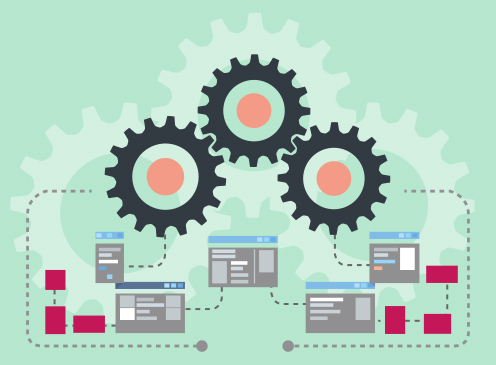Embracing Big Data

How the world’s leading auction site is transforming terabytes of raw data into valuable business insight: helping it better understand its customers, improve satisfaction levels, and maximise sellers’ profitable revenues…
At any given point in time, with around 350 million items listed for sale, eBay stands or falls on its ability to harness, analyse and draw meaningful conclusions from 10 petabytes of raw data it holds in its Hadoop clusters and Teradata installations
To help sellers achieve the highest possible prices for their goods – and in so doing maximise its own profitable commission-based revenues – eBay tracks over 250 million queries made per day through its auction search engine.
Whilst the firm’s data scientists analyse a dizzying array of variations applying machine learning, data mining and user behaviour analytics to answer key questions, the impetus for these analyses comes, often, not from eBay itself but from its sellers.
In the course of running their own businesses, eBay’s so-called ‘Powersellers’ conduct 100,000s of experiments every day – testing the impact on sales and sales values of variables such as free shipping, choice of image types, copy treatments, listing timings and so on.
As a result, eBay does not have to define or even conduct these experiments itself: rather, it has simply to gather and apply the resulting data.
Well, maybe ‘simply’ isn’t quite the right word.
In fact, taming the mountains of structured and unstructured data that eBay creates every day requires not one but three data warehouses, supported by a team of 7,000 analysts.
Each day, the team runs up to 200 tests simultaneously – ranging from barely-perceptible listing ‘tweaks’ (say, to the dimensions of product images) through to complete overhauls of the ways in which content is displayed.
The underlying goal: to help shoppers to quickly and easily drill down to the specific product they’re seeking – be it a new toaster, or a decade-old cheese sandwich thought to resemble the Virgin Mary (yes, really; and it sold for $28,000).
And of course in optimising the ‘eBay experience’ for shoppers, the company locks-in buyer loyalty – and secures more, and more profitable revenues – for the long term. For itself and its sellers.
So Big Data is – well – a big subject, the complexities of which still confuse even the most tech savvy data analysts. But, even on a minor scale, its potential intelligence and selling power in the marketing world is not to be underestimated.
You may be some way off needing three data warehouses or 7,000 analysts, but even the most rudimentary analysis of your existing data and user behaviour is likely to hide a secret or two worth knowing.
VERSIO VITA LIMITED (11821196). Registered address: e-space North, 181 Wisbech Road, Littleport, Ely, England, CB6 1RA
